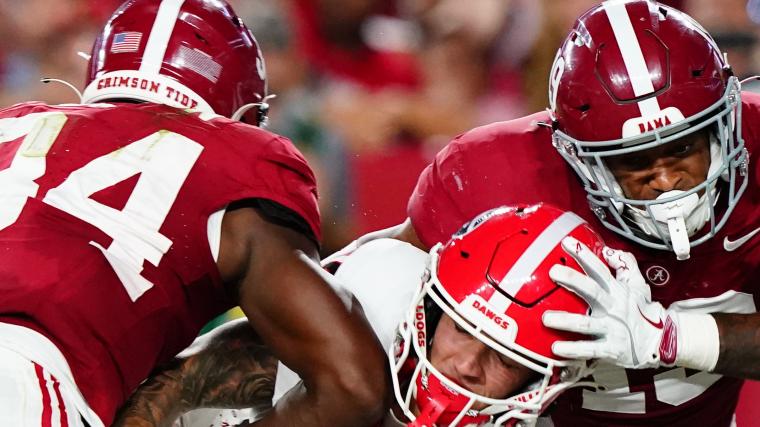In the ever-evolving landscape of college football, the transfer portal has become a pivotal mechanism for teams to enhance their rosters. The University of Miami exemplifies this trend, notably through its acquisition of quarterback Cam Ward. Ward’s transition from Washington State to Miami not only bolstered the Hurricanes’ offensive lineup but also highlighted the escalating financial stakes in collegiate athletics.
Cam Ward’s Journey to Miami
Cam Ward’s collegiate career is a testament to resilience and adaptability. Beginning at the University of the Incarnate Word, he set impressive records before transferring to Washington State. At Washington State, Ward continued to excel, amassing over 6,300 passing yards and 43 touchdowns over two seasons. His mobility and playmaking abilities made him a coveted prospect in the transfer portal.
In January 2024, Ward announced his decision to enter the NFL Draft. However, just 13 days later, he reversed his decision and committed to the University of Miami. This move was strategic, as it provided Ward with an opportunity to showcase his talents on a larger stage, potentially enhancing his NFL prospects.
The Financial Landscape: NIL Deals and Transfer Portal Dynamics
Ward’s transfer to Miami was accompanied by a significant Name, Image, and Likeness (NIL) deal. Reports indicate that he secured a $1.5 million NIL agreement with a Fortune 500 company, underscoring the increasing financial incentives for top-tier college athletes.
The NIL landscape has transformed collegiate sports, allowing athletes to monetize their personal brands. This shift has led to substantial financial packages for players, influencing recruitment and transfer decisions. For instance, former Georgia quarterback Carson Beck’s transfer to Miami reportedly included an NIL package exceeding $3 million, more than double Ward’s agreement.
Alabama’s Interest in Cam Ward
Following his entry into the transfer portal, Alabama reportedly expressed interest in acquiring Cam Ward. This interest highlights the competitive nature of college football recruiting, where top programs vie for elite talent to strengthen their rosters. Alabama’s pursuit of Ward underscores the quarterback’s high regard in the collegiate football community.
Impact on College Football Recruiting and Team Dynamics
The pursuit of players like Cam Ward by programs such as Alabama reflects a broader trend in college football recruiting. Teams are increasingly leveraging the transfer portal and NIL opportunities to attract and retain top talent. This dynamic has led to a more fluid player movement environment, with athletes seeking programs that offer both competitive opportunities and financial incentives.
For teams like Miami, securing a player of Ward’s caliber can have a transformative effect on their performance and national standing. Ward’s leadership and skill set are expected to elevate Miami’s offensive capabilities, potentially leading to improved outcomes in the Atlantic Coast Conference (ACC) and national competitions.
Conclusion
Cam Ward’s transfer to the University of Miami exemplifies the evolving nature of college football, where the transfer portal and NIL deals play crucial roles in shaping team rosters and competitive dynamics. His journey from Incarnate Word to Washington State, and ultimately to Miami, underscores the opportunities available to athletes in the current collegiate sports environment. As the landscape continues to evolve, the interplay between player movement, financial incentives, and team strategies will remain a central focus in college football.



